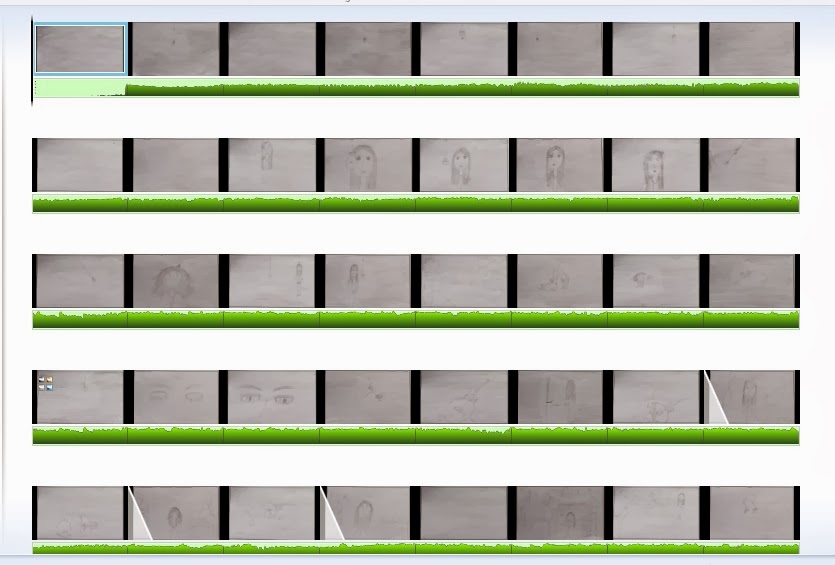I started filming test shots using my sister as the subject within each video. I used an area of fields and roads around my village to film the shots and test out different camera movements and angles. I didn't include the music with the set of shots, focusing on showing different ideas to convey my music video. It also highlighted why using areas with minimal noise is important as the camera picks up a lot of sound.
I filmed different ideas for my final music video, trying to convey a similar effect and location to what I am going to use. Test shots are a good way to get used to the camera and how it works. I found the temporary location used worked well for my video ideas and when I start filming, I will be able to use the location to the best advantage knowing it is an effective setting.
I learnt a lot from each shot, including taking into consideration of the weather conditions and environment. My main focus was concentrating on building skills when using the camera, learning the correct positions and features that work best when producing a video. The mise-en-scene included in the shots wasn't something I focused on getting right at this point in planning.
I used different locations which gave me more opportunities when using the props already at the location, including trees, branches and leaves. This gave me new ideas and added a natural setting towards the videos, a feature that my main music video has a strong link to.
Setting the scene for a narrative is a typical convention for many existing music videos, creating an environment for the audience to recognize. A location used within the video is shown usually at the beginning of the video, setting the scene for the narrative and music video. The shot is typically high angle, looking down and over a city/landscape or a pan of a key feature at the location.
Another feature of music videos sees the camera moving rather than the main character. I found this technique quite tricky to make effective because the camera would often shake or dip to low or high, ruining the full track circling the character. To improve the shot I would use a tripod and even think of setting up a trolley for the camera to smoothly pan around the character, leading to a successful and effective shot.










